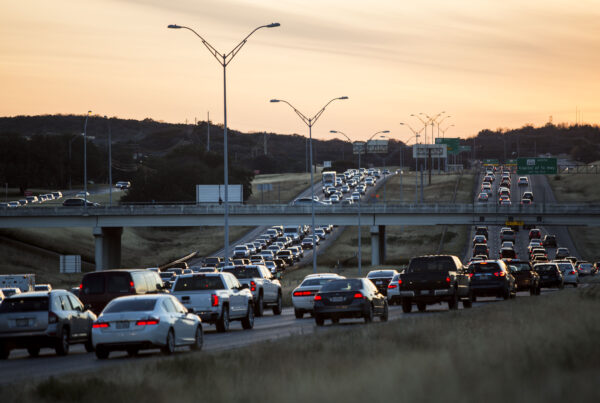The Texas Workforce Commission (TWC) recently sent out a seemingly contradictory press release about employment figures in the Lone Star State.
In one section, the document details that Texas’ adjusted civilian labor force added more than 20,000 jobs and reached an all-time high of 15 million. Further down in the same document, the report also details that, “nonfarm employment in Texas decreased by 1,300 jobs.”
To understand how the TWC put out a release showing that jobs shrank and grew, one must first understand how the government measures what’s called the “employed civilian labor force.”
“From a practical perspective,” explains Texas State Finance professor William Chittenden, “they’re looking at everyone that’s 16 years of age and older that lives in the U.S.”
The civilian labor force includes all people in the labor force who are not active-duty military personnel, agricultural workers and federal government employees. It also excludes people who are institutionalized.
“So if you’re in jail, for example, you’re not included in that because you can’t get a job,” Chittenden explains. “That’s why it’s called ‘civilian population.’”
The civilian labor force is a broad employment category. The nonfarm employment is slightly narrower.
“Nonfarm payroll really makes up about 80% of all the jobs out there,” explains Chittenden.
Nonfarm job numbers capture all types of employment excluding jobs in farming, private households, nonprofit workers, active military and sole-proprietors.
“If you’ve got a side gig on Etsy and you’re selling $100 a week worth of stuff, none of that’s included in the nonfarm payrolls,” Chittenden said.
Both metrics – employed civilian labor force and nonfarm employment – use slightly different methodology for assessing their respective employment figures. That can occasionally create small gaps between the figures in monthly reporting.
This is why in evaluating the direction of the Texan economy, Chittenden prefers to look at the employed civilian labor force.
“At the end of the day, are there more people working in Texas now than there were a month ago?” he said. “The broadest measure of that says yes. We’ve got about 21,000 more people working in Texas this month than we did last.”
One thing that didn’t move at all in October was the state’s unemployment rate, which still sits at 4.1%.














